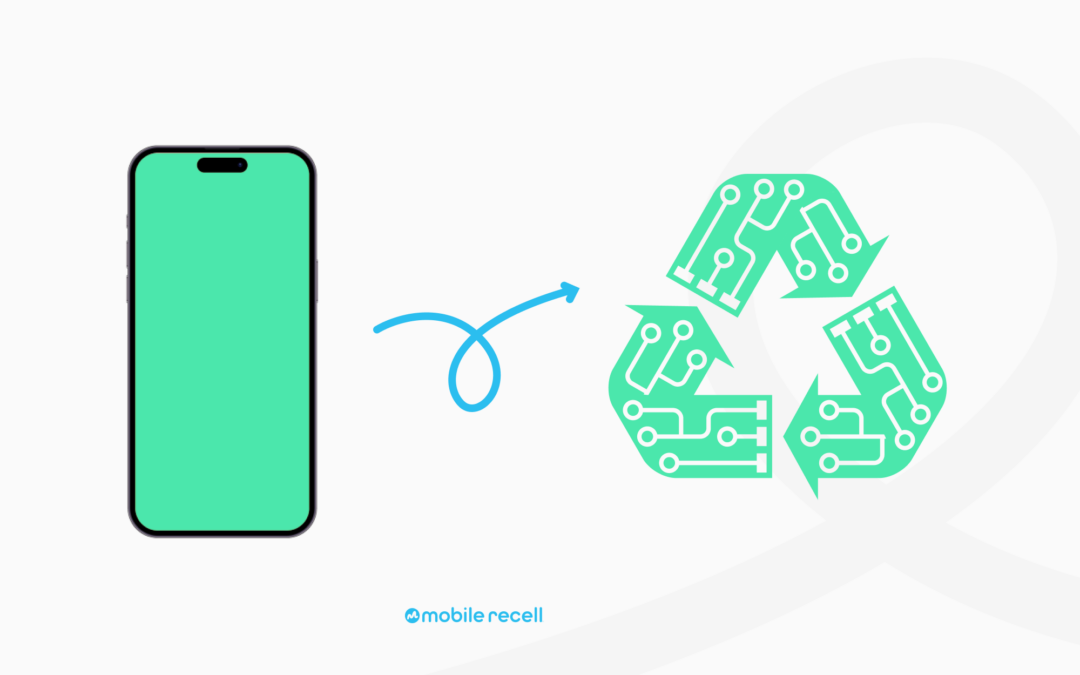Although recycling in America dates back to the Revolutionary War, it has become an international effort to combat pollution and massive amounts of waste.
Waste dominates our landfills, with e-waste and toxic waste being the most harmful. E-waste consists of discarded electronics which are no longer working, outdated, or unwanted.
E-waste represents two percent of the trash in America’s landfills but equals 70% of overall toxic waste containing heavy metals.
Toxic waste consists of materials that don’t break down and chemicals proven to be harmful to the environment and its inhabitants.
Additionally, it is critical to note the natural resources used to manufacture new IT assets are limited.
Thirty naturally occurring elements are used in the production of mobile devices. As of 2020, six of these elements will run out in the next century, with several additional elements running the risk of depletion due to overuse.
So, how can we—as environmental stewards and technology users—reduce the amount of e-waste our companies are contributing and keep smartphones, tablets, and laptops out of landfills?
The answer is simple—recover retiring assets, extend the life of each IT asset, and, when necessary, recycle assets responsibly.
Recover Retiring Assets
Americans discard approximately 416,000 mobile phones each day. That equates to more than 151 million phones thrown away every year.
Asset recovery is better for the environment than throwing away retiring assets or allowing assets to sit idly in a drawer or IT closet, because it contributes to the circular economy and leads to sustainable practices.
The circular economy is the idea that products should be designed to be repairable and reusable from the beginning, which would help decrease large amounts of waste.
Asset Recovery will help save our natural resources.
Ultimately, asset recovery is one of the first steps we must take to become confident in environmental sustainability.
Extend the Life of IT Assets
Many retiring assets still hold value and functionality and can be reused within an organization.
After an upgrade, an organization may consider an aging asset to be useless. However, there are many other use cases where the device is still valuable.
A retiring asset can be resold in a secondary market where it’s deemed useful, such as education, under-resourced communities, assisted living facilities, or nursing homes.
As a collective, if we can extend the lifecycle of every asset or use every phone sold this year for one-third longer, we will prevent carbon emissions equal to Ireland’s emissions in 2016; 61.5 million tons.
Recycle Responsibly
If an asset has no remaining life or residual value, the environmentally friendly thing to do is recycle using an R2 Certified recycling partner.
Assets not sent to an R2 Certified recycling facility may not be broken down into base components and recycled responsibly. Instead, the toxic materials can end up in landfills.
As a result, Mobile reCell only utilizes R2 Certified recycling partners and has a zero-landfill policy.
How Mobile reCell Can Help
With a software-driven recovery solution like Mobile reCell, your organization can recover corporate-owned assets and ensure they stay out of landfills.
Extend the life of IT assets and switch your disposal efforts to asset recovery to help decrease our global carbon footprint, one step at a time.
Want to Learn More?
Visit us at mobilerecell.com to learn more about a mobile device recovery solution for your company.
Follow Us On Social Media!
Mobile reCell Linkedin | Mobile reCell Twitter |Mobile reCell Facebook
Sources:
- Recycle Coach. The Mind-Boggling History of City Recycling. https://recyclecoach.com/resources/the-mind-boggling-history-of-city-recycling-500bc-present/
- eCycle Florida. What is E-Waste? Definition and Why it’s Important. https://ecycleflorida.com/what-is-e-waste/
- DoSomething.org. 11 Facts About E-Waste. https://www.dosomething.org/us/facts/11-facts-about-e-waste#fn2
- Royal Society of Chemistry. Elements in danger. https://www.rsc.org/new-perspectives/sustainability/elements-in-danger/
- Wbur.org. Americans Toss 151 Million Phones a Year. What If We Could Repair Them Instead? https://www.wbur.org/cognoscenti/2018/12/11/right-to-repair-nathan-proctor
- Ellen MacArthur Foundation. Recycling and the circular economy: what’s the difference? https://ellenmacarthurfoundation.org/articles/recycling-and-the-circular-economy-whats-the-difference
- The Restart Project. Mobiles: The Global Carbon Footprint. https://therestartproject.org/the-global-footprint-of-mobiles/
- Central Statistics Office. Greenhouse Gases and Climate Change. https://www.cso.ie/en/releasesandpublications/ep/p-eii/eii18/greenhousegasesandclimatechange/

